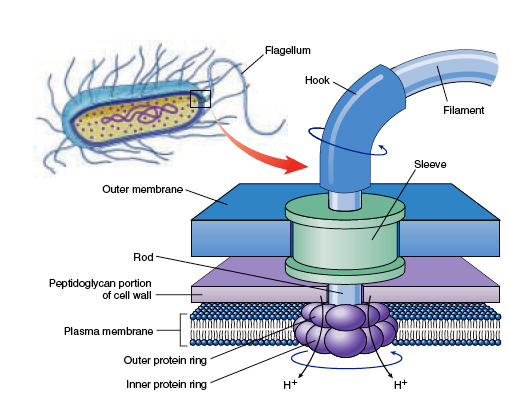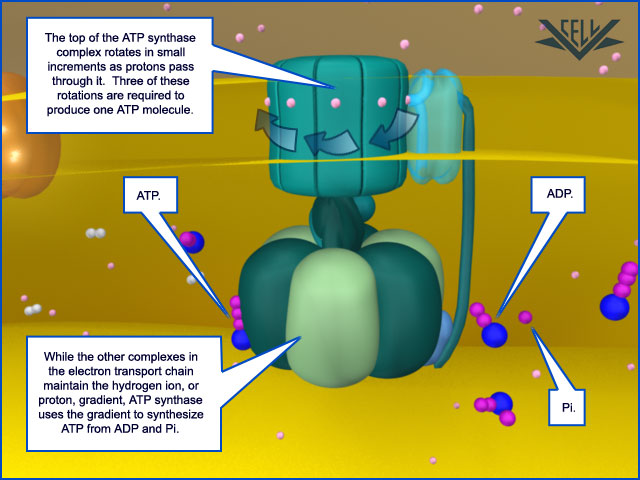Actually, it's nothing like that. Nothing like that at all. You do yourself and your argument a disservice by such a silly analogy. That, or you've completely mis-understood the point of the experiment.
Miller-Urey and similar experiments use of "intelligent design" was to attempt to simulate early earth atmospheres and conditions. They were investigating if the conditions of earth's early atmosphere were favourable to the creation of amino-acids, which are the basis for the underlying organic chemistry of life.
The intelligence in this case was applied to replicate natural conditions and see if amino acids could form in such conditions. That is, that organic compounds could be formed spontaneously, without active intervention.
The point of the experiment (as is touted in the literature) was to show that the amino acids that are the building blocks of life could have arisen through purely natural conditions without the intervention of an Intelligence.
That it showed that under certain conditions amino-acids can form does nothing to discount creative intelligence, particularly where (subsequently) it is observed that the conditions necessary are in no way representative of any real naturally occurring conditions in the place where life is known to have arisen.
The process used in the experiment was the same as is used in many creative process' (such as farming, cooking, chemistry, engineering and (dare I say it) the creative process described in the 1st chapter of Genesis), where the intelligent agent lowers the entropy of an already existing system to a level where the natural process is able to produce a result without further intervention on the part of the creator.
There is nothing deceptive about the Miller-Urey experiment. They didn't get early atmosphere's correct, and the evidence is now is that life more probably began in water rather than in the atmosphere, but there's nothing deceptive - their original experiments, and umpteen repeats and variations of it, are available instantly with a basic Google search. They did what they set out to do - to investigate whether the complex organic compounds could be naturally produced from simpler inorganic precursors.
I agree, there is nothing deceptive in the experiment. It is in how the results are interpreted that the deception occurs.
To claim that "organic compounds" are produced, however, puts the cart before the horse. Much of the amino-acid content was found to be of a type that is not used by biological forms whether because of the type of acid or simply its handedness.
So that fact that some of the content produced may have been able to be used as a building block for certain proteins does not make them "organic compounds" (and thus imply any special class of "biological" chemical compound) anymore that a lump of clay necessarily makes house building compounds.
Rather we recognize that it is possible for these compounds to be used as building blocks for certain things, nevertheless they are in themselves chemical compounds as lifeless as the next chemical compound, and it would be a mistake to imply that by using the term "organic" that they are thereby "biological".
So while it is very clever and intelligent of Miller and Urey to demonstrate away that certain compounds can be produced it is hardly surprising, since after all we observe that they exist and are made up of certain physical elements found elsewhere on earth.
So at some point some non-biological process must have taken place to create them.



